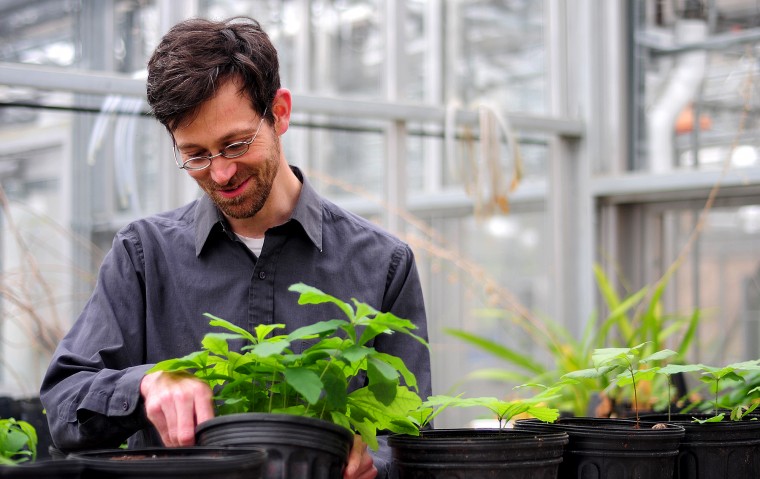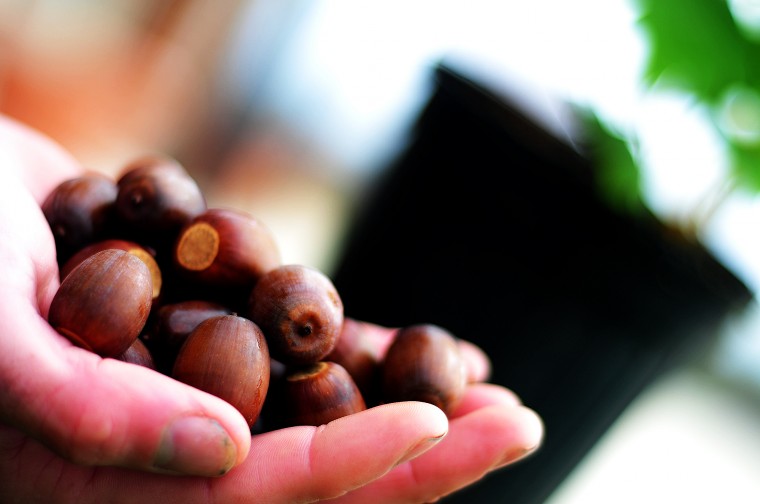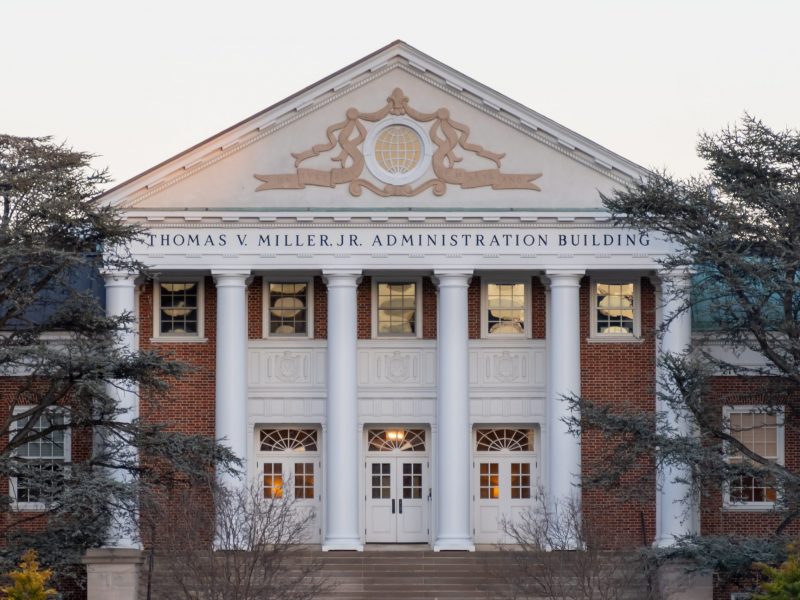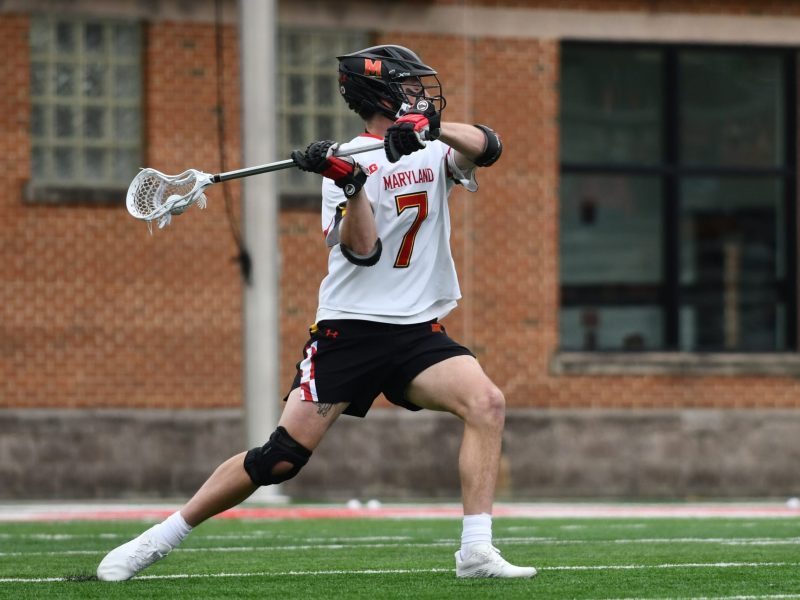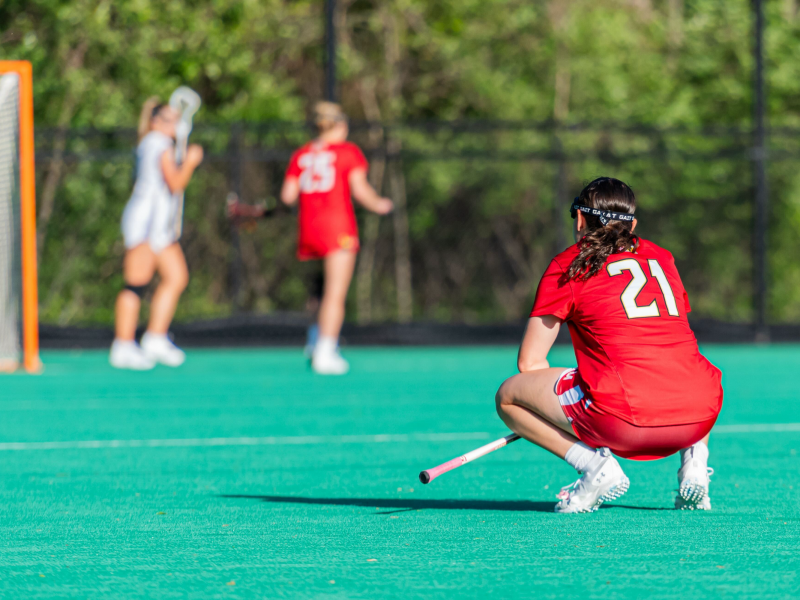Most students who lounge under the 80-year-old oak tree in front of the Memorial Chapel are merely grateful for its shade.
But David Ruppert, a soil sciences doctoral student, sees the tree and other oaks as the center of a system of life at the university — one that he hopes will always have a student guardian.
For four years, Ruppert has run a booth at Maryland Day called “The Great Oaks of Maryland,” where he pitches the merits of the oak and distributes three-inch sprouts for students to plant. He now needs a successor to take over the project after he graduates this spring.
Why oaks?
The large trees foster a particularly diverse insect population, Ruppert said, which in turn supports birds in the ecosystem’s broader food web.
Commonly planted tree species not native to the state — such as the region’s popular Japanese cherry trees — don’t share that benefit, he said, which should matter to the campus’s insect and human communities alike.
“For humans, in getting an oak, you get clean air, and trees in general provide and support biodiversity,” Blank said. “You’d be supporting biodiversity and conservation [if you get one].”
Pete Blank, a marine and estuary sciences graduate student, said that there is a need for more native tree species, which have been diminishing over the years.
“One of the reasons he’s doing this is he’s sad that none of the acorns have sprouted into trees because they get destroyed by lawnmowers,” said Blank, who is a friend of Ruppert’s.
Ruppert places more importance on the environmental benefits than human ones.
“It’s more a question of generosity for the ecosystem, and what’s good for this place,” Ruppert said. “Why not preserve it?”
His enthusiasm can be contagious — people line up early in the morning to receive his Maryland Day seedlings.
“It’s surprising how many people care. You think maybe one in 10 people cares about the environment, but he has definitely given away a lot of trees,” said Tom Sabella, a special education doctoral student and a friend of Ruppert who volunteered at the Great Oaks booth at Maryland Day last year. “There’s so much interest to hear about the trees and to get a tree and to hear how to take care of it. He can tell you almost anything.”
Sabella said he has witnessed Ruppert’s year-round oak efforts, in which he tracks down the best acorns to nurture in a greenhouse.
As he drives to work, Ruppert might spot a tree and make a note to return to that tree and see if it is making acorns. Then he gathers the acorns and evaluates which ones are more likely to grow. He refrigerates them for a few months after to simulate winter and then plants them in thin pots to allow the root system to expand.
He gives out his seedlings at Maryland Day. Although students can collect seedlings, they cannot plant them on the campus.
He hopes to give out 400 this year alone, joining the thousand or so young trees he has already handed out — which, he said, have already accounted for 2 percent of the goal set by Gov. Martin O’Malley to have 50,000 trees planted by 2010 as part of his statewide Smart, Green & Growing program.
“This event is great enough that it’s worth continuing,” Ruppert said. “It should continue into the long term, not just a tree here or there. There’s going to be a leadership vacuum next year and I need someone to fill it.”
Ruppert is now searching for someone to take his place and take on these responsibilities when he graduates.
“I’ve had people say they would do it, and there’s been interest in classes,” Ruppert said. “The people power exists in-house, it just needs to be tapped. If it doesn’t happen, depending on where I am I could come back, or it could end.”
dcetrone@umdbk.com
David Ruppert, a soil sciences doctoral student, has distributed oak seeds to students since the beginning of his university career.
